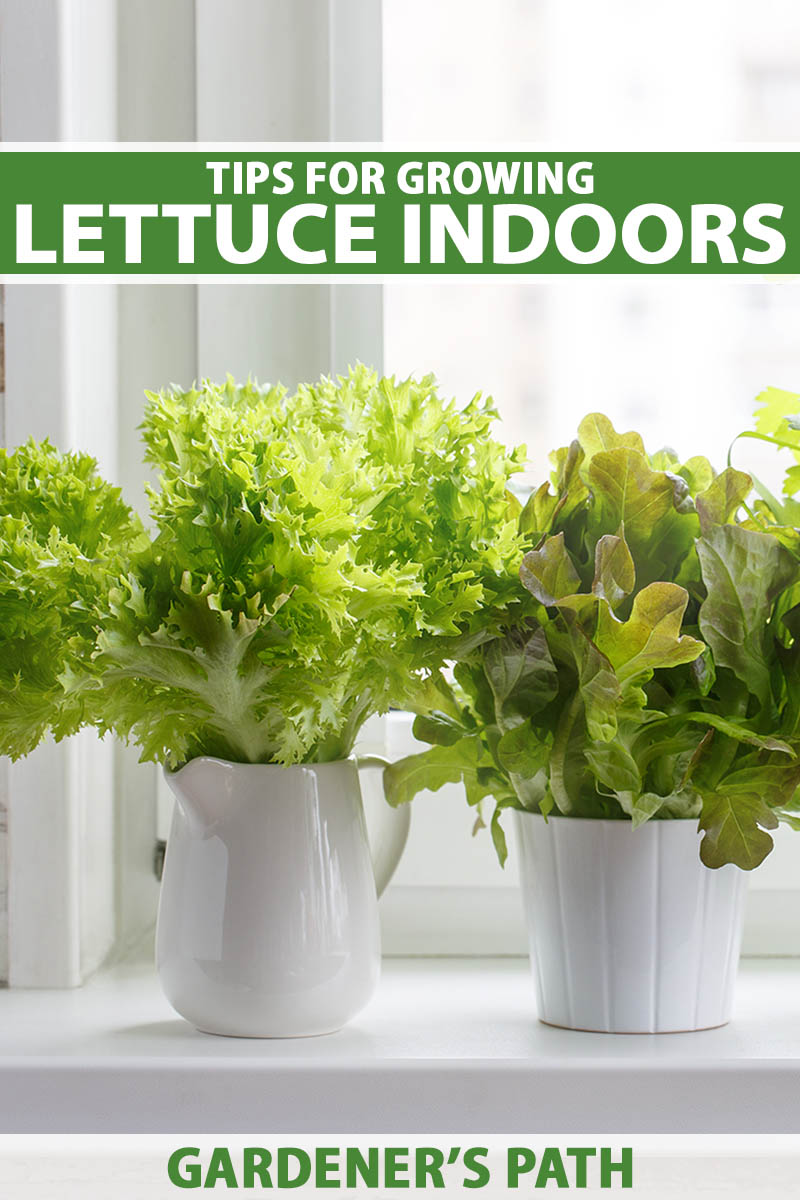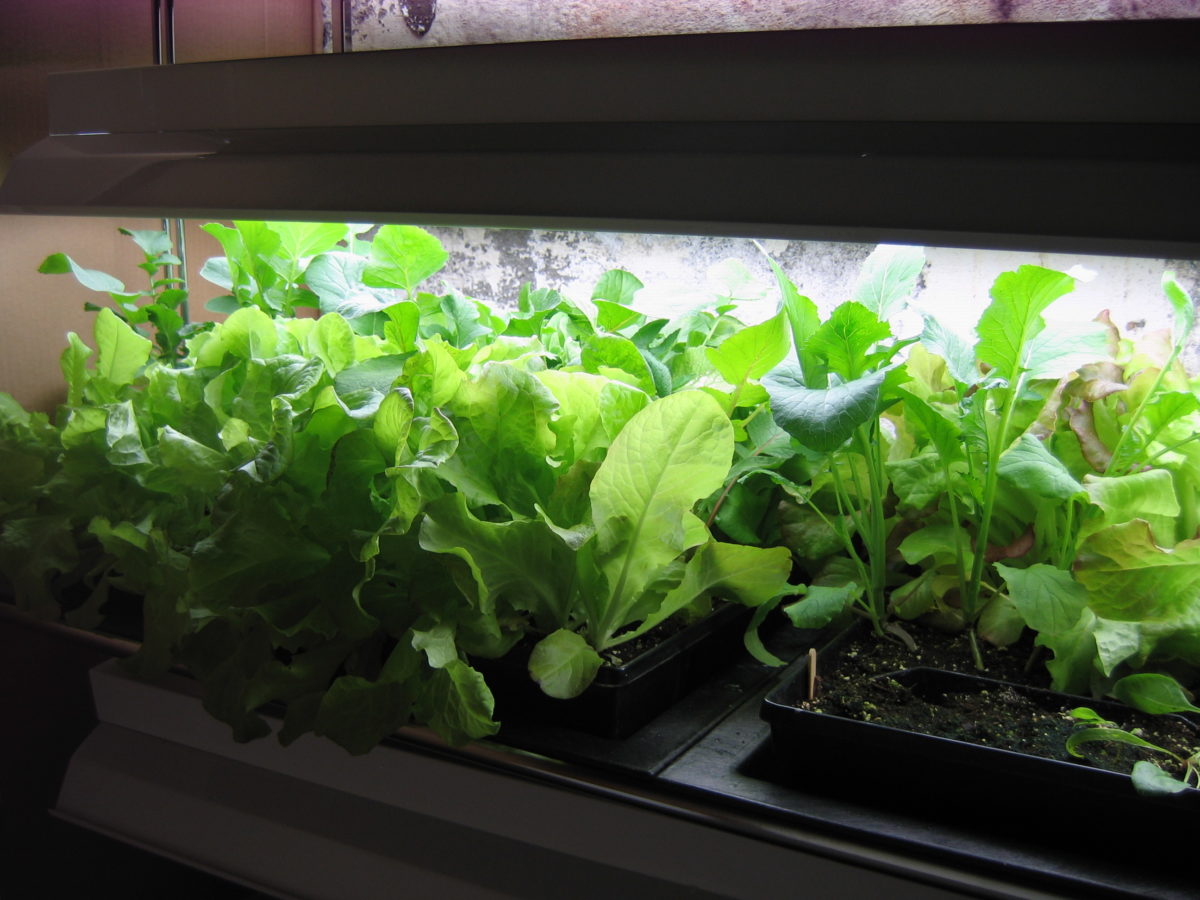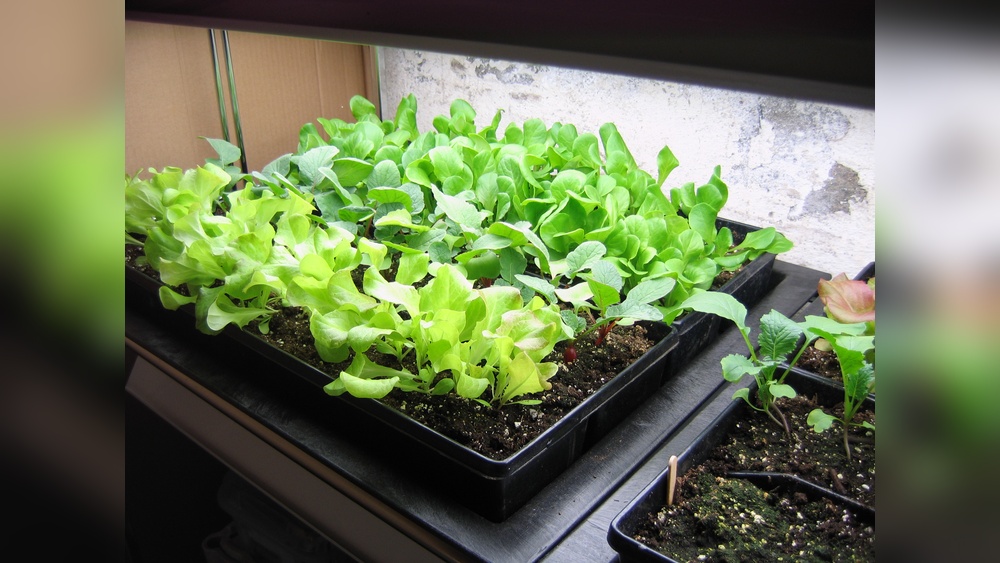As an Amazon Associate, I earn from qualifying purchases.
Are you craving fresh, crunchy lettuce even when winter chills keep you indoors? Growing lettuce inside your home during the cold months is easier than you think.
Imagine picking crisp, green leaves straight from your own windowsill—no need to brave the cold or rely on store-bought greens. In this guide, you’ll discover simple, practical steps to grow healthy lettuce indoors, ensuring your salads stay fresh and your kitchen stays lively all winter long.
Keep reading, and you’ll be amazed at how quickly you can turn your space into a mini garden filled with vibrant, homegrown lettuce.

Choosing Lettuce Varieties
Choosing the right lettuce varieties is key for indoor winter growing. Different types react differently to indoor conditions. Some grow fast and stay fresh longer. Others need more space or light. Picking suitable varieties helps you enjoy fresh lettuce all winter.
Best Types For Indoor Growth
Leaf lettuces and butterheads work well indoors. They grow quickly and need less light. Romaine is another good option. It grows upright, saving space. Loose-leaf varieties like Red Sails and Black Seeded Simpson are popular. They produce many tender leaves fast. Buttercrunch lettuce has a sweet flavor and crisp texture. These types adapt to indoor pots and trays easily.
Leafy Vs. Head Lettuce
Leafy lettuce grows loose leaves you pick as needed. It grows faster and suits small spaces. Head lettuce forms a tight round head. It takes longer to grow and needs more room. Leafy types give you continuous harvests. Head lettuces offer large, full heads for salads. For winter indoors, leafy lettuce is often easier and more practical.
Setting Up Your Indoor Garden
Setting up your indoor garden is the first step to growing fresh lettuce during winter. It creates a healthy space for your plants to thrive. This setup involves choosing the right containers, soil, light, and managing temperature and humidity. Proper preparation helps your lettuce grow strong and tasty.
Selecting Containers And Soil
Choose containers with drainage holes to prevent water buildup. Small pots or trays work well for lettuce. Use light, well-draining soil rich in organic matter. Avoid heavy or compacted soil to keep roots healthy. Good soil helps lettuce absorb nutrients and water easily.
Ideal Light Conditions
Lettuce needs bright light to grow indoors. Place containers near a south-facing window if possible. Use grow lights if natural light is weak or limited. Keep lights on for 12 to 16 hours daily. Proper light helps lettuce stay green and crisp.
Temperature And Humidity Control
Maintain indoor temperature between 60 to 70°F (15 to 21°C). Avoid cold drafts or hot spots near heaters. Lettuce prefers moderate humidity, around 40 to 60 percent. Use a humidifier or water trays if air is dry. Balanced temperature and humidity support steady growth.
Planting And Sowing Seeds
Planting and sowing lettuce seeds indoors during winter needs care and attention. Starting right helps the seeds grow strong and healthy. This section explains how to prepare seeds, plant them correctly, and water properly. Follow these steps for a successful indoor lettuce garden.
Seed Preparation
Choose fresh lettuce seeds for better germination. Soak seeds in water for a few hours before planting. This softens the seed coat. It helps seeds sprout faster. Use a clean container and fresh water. Avoid soaking for more than 12 hours. Drain seeds well before planting. Proper preparation leads to better growth.
Planting Depth And Spacing
Plant lettuce seeds about 1/4 inch deep. Too deep makes sprouting hard. Too shallow can dry out seeds. Use a small pot or seed tray with drainage holes. Space seeds 1 to 2 inches apart. Give each seed room to grow leaves. Cover seeds lightly with soil. Press soil gently to hold seeds in place.
Watering Techniques
Water seeds gently after planting. Use a spray bottle or fine watering can. Keep soil moist but not soggy. Overwatering can cause seeds to rot. Check soil daily during germination. Water lightly whenever soil feels dry. Avoid watering leaves directly to prevent mold. Proper watering helps roots grow strong and healthy.

Maintaining Growth
Maintaining the growth of indoor lettuce during winter requires consistent care. Plants need proper nutrients, protection from pests, and space to grow well. Paying attention to these details keeps your lettuce healthy and tasty.
Fertilizing Schedule
Feed lettuce plants every two weeks with a balanced liquid fertilizer. Use one with equal parts nitrogen, phosphorus, and potassium. This helps leaves grow green and strong. Avoid over-fertilizing; it can harm the plants. Always water the soil before applying fertilizer.
Pest Prevention Indoors
Check leaves daily for small insects like aphids or spider mites. These pests damage lettuce quickly. Use a spray of soapy water to remove bugs safely. Keep the growing area clean by removing dead leaves. Good air circulation stops mold and pests from spreading.
Pruning And Thinning
Trim older outer leaves regularly to encourage new growth. Thin crowded plants to give space for each to grow. Crowded plants compete for light and nutrients. Use clean scissors to avoid spreading disease. Pruning improves air flow and light inside the plant.
Harvesting Lettuce
Harvesting lettuce grown indoors during winter is an exciting moment. It shows your care and patience have paid off. Knowing when and how to pick lettuce helps keep it fresh and tasty. Proper harvesting also encourages new growth, giving you more leaves to enjoy.
Signs Of Readiness
Lettuce leaves are ready to harvest when they look full and firm. They should be bright green and crisp. Avoid leaves that are yellow or wilted. The head of lettuce feels firm but not hard. For leaf varieties, pick outer leaves once they reach 4 to 6 inches.
Harvesting Methods
Use clean scissors or a sharp knife to cut lettuce. Cut outer leaves first, leaving the center to grow. For head lettuce, cut the entire head at the base. Handle leaves gently to avoid bruising. Harvest in the morning for the best flavor and texture.
Post-harvest Care
Rinse lettuce leaves with cool water after cutting. Dry them using a salad spinner or paper towels. Store lettuce in a plastic bag or container in the refrigerator. Keep it away from fruits that produce ethylene gas. Use lettuce within a week for the freshest taste.

Troubleshooting Common Issues
Growing lettuce indoors during winter can be rewarding but comes with challenges. Common problems can slow growth or damage your plants. Identifying and fixing these issues helps keep your lettuce healthy. Here are some common problems and how to solve them.
Dealing With Yellow Leaves
Yellow leaves often mean your lettuce is stressed. Too much water can cause root rot, leading to yellowing. Check soil moisture and water only when the top feels dry. Lack of nutrients also causes yellow leaves. Use a balanced, water-soluble fertilizer every two weeks. Poor light can make leaves pale or yellow. Ensure your plants get 12-14 hours of light daily. Use grow lights if natural light is weak.
Preventing Mold And Mildew
Mold grows in moist, crowded spaces. Good air circulation helps prevent mold and mildew. Space plants apart to improve airflow. Avoid overhead watering; water at the base instead. Keep humidity below 60% to reduce mold risk. Remove any moldy leaves immediately. Use a small fan to keep air moving around plants.
Managing Slow Growth
Slow growth can result from low light or cold temperatures. Lettuce needs consistent light and warmth to grow well. Keep temperatures between 60-70°F (15-21°C). Use a grow light if sunlight is limited. Check soil nutrients; poor soil can stunt growth. Feed plants with a mild fertilizer every two weeks. Avoid overwatering, which can drown roots and slow growth.
Frequently Asked Questions
How Much Light Does Indoor Lettuce Need In Winter?
Lettuce requires 12 to 16 hours of bright light daily. Use grow lights if natural sunlight is insufficient. Position lights 6-12 inches above plants for best growth.
What Is The Ideal Temperature For Growing Lettuce Indoors?
Lettuce grows best between 60°F and 70°F. Avoid temperatures above 75°F as they cause bitterness. Keep your indoor space cool and well-ventilated.
Which Soil Type Is Best For Indoor Lettuce Growing?
Use loose, well-draining soil rich in organic matter. A quality potting mix with compost works well. Avoid heavy or compacted soils that retain too much water.
How Often Should I Water Indoor Lettuce During Winter?
Water lettuce when the top inch of soil feels dry. Keep soil consistently moist but not soggy. Overwatering can cause root rot and slow growth.
Conclusion
Growing lettuce indoors during winter can be simple and rewarding. Choose a bright spot and keep the soil moist. Use containers with good drainage to avoid water problems. Lettuce grows best with cool temperatures and enough light. Regular care helps your plants stay healthy and fresh.
Enjoy fresh, homegrown lettuce all winter long. Start small and watch your indoor garden thrive.

